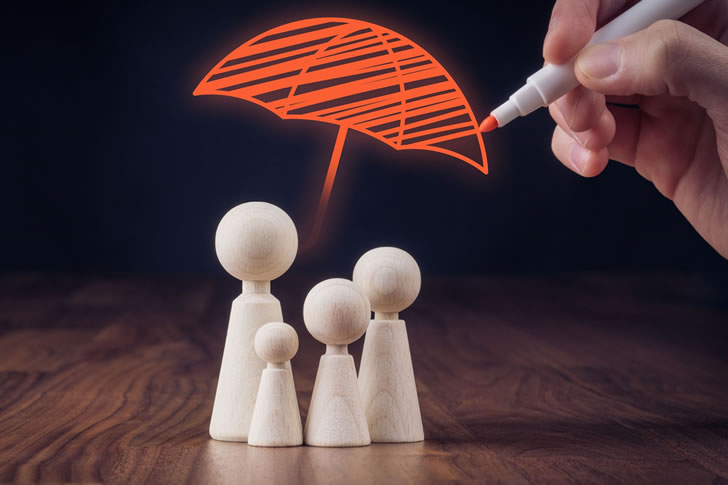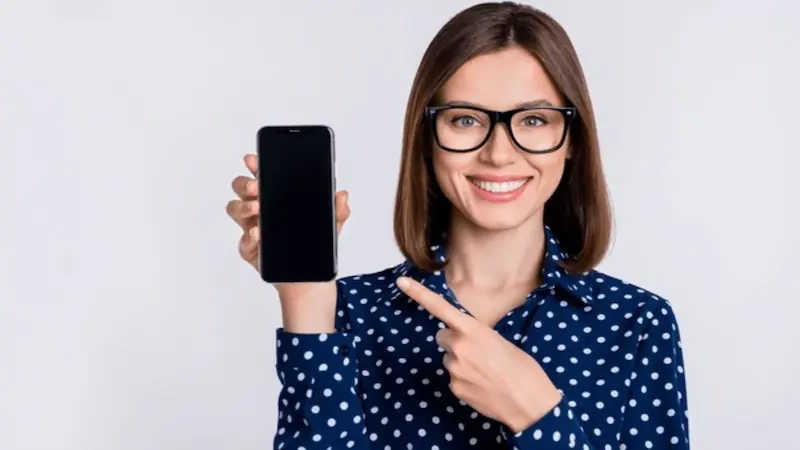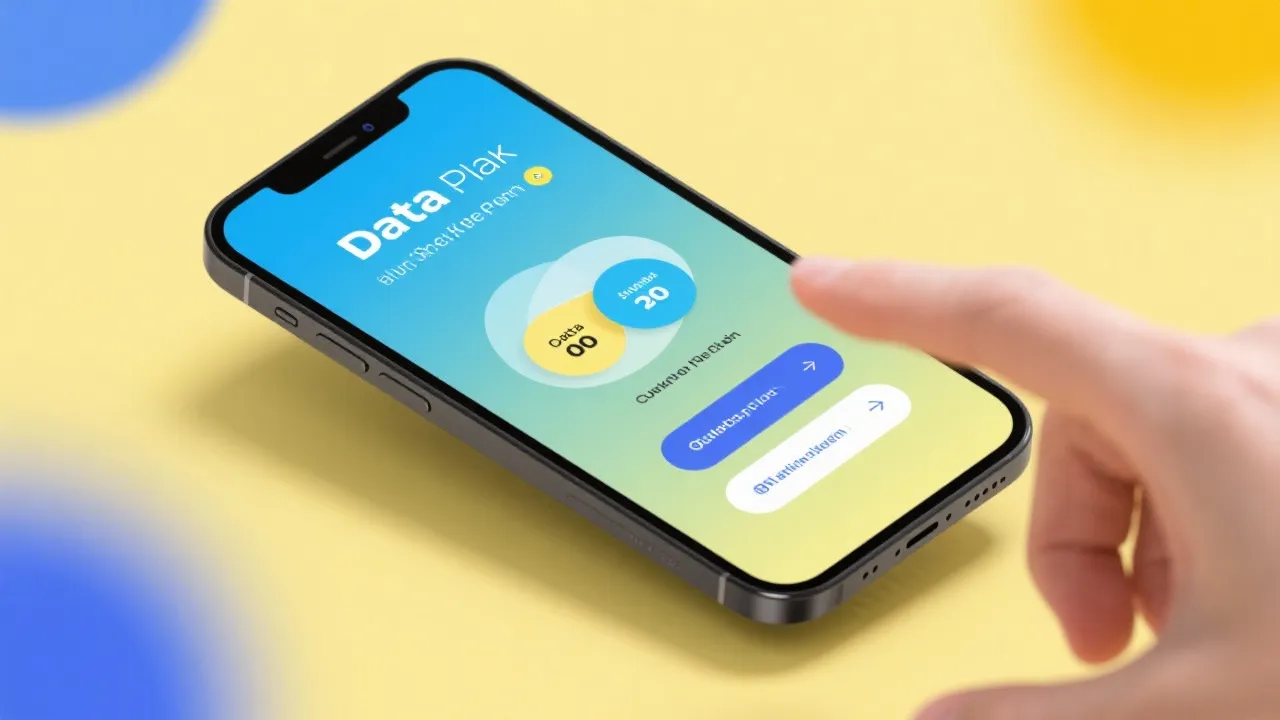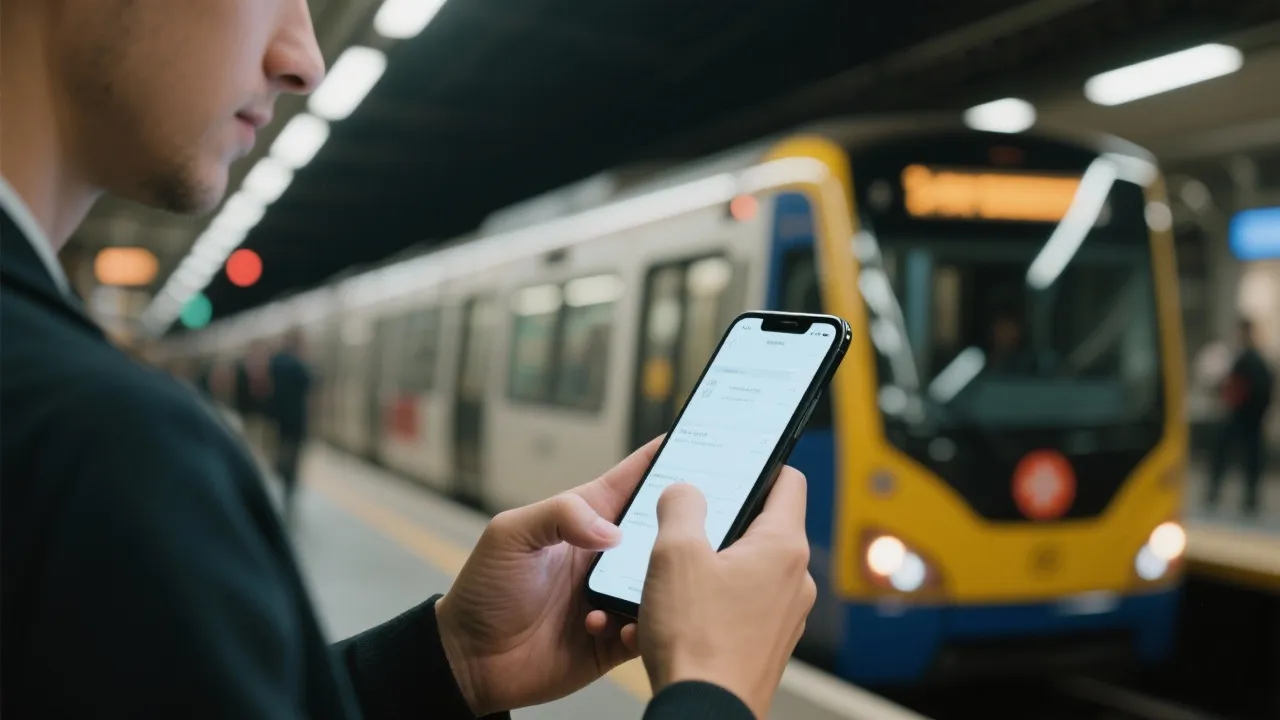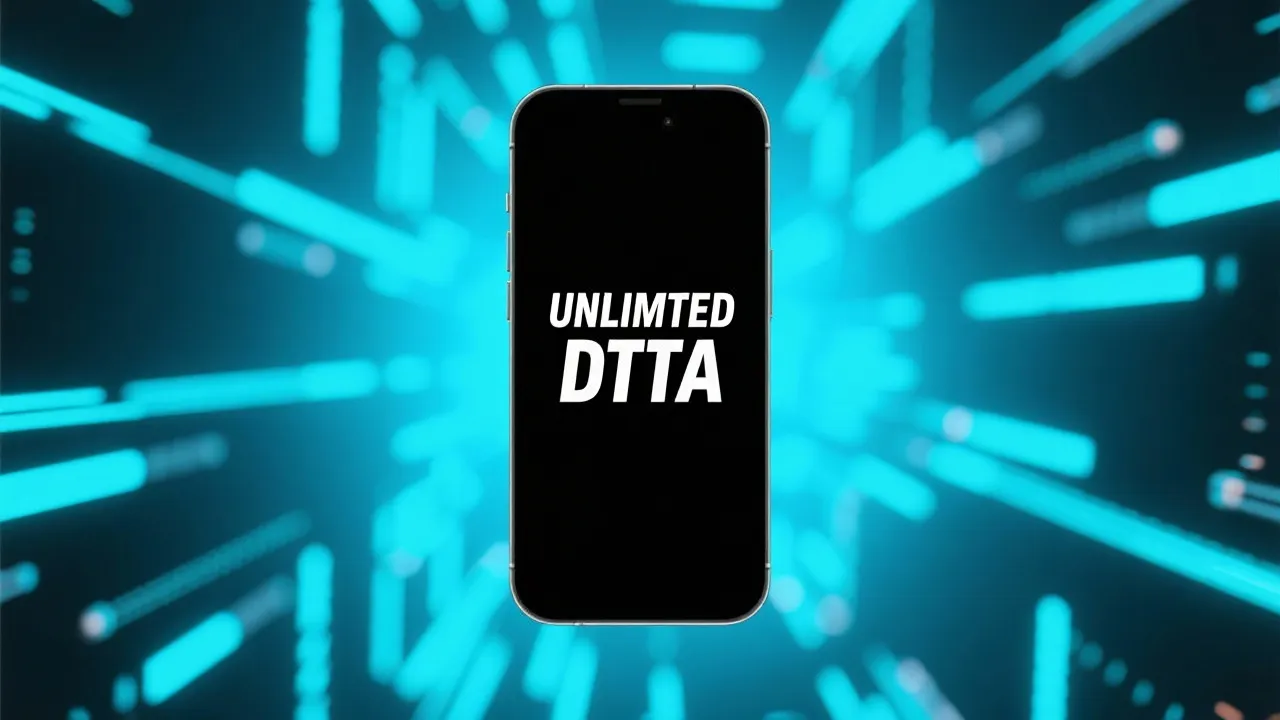Evaluating Affordable Smartphone Programs
This article provides a guide to programs offering affordable phones with unlimited data, detailing a selection of providers, service offerings, and eligibility criteria. The concept of complimentary phones with extensive data plans has gained traction, particularly through initiatives aiding low-income individuals. It offers insights into providers like SafeLink Wireless, Assurance Wireless, and others, explaining details and application steps.
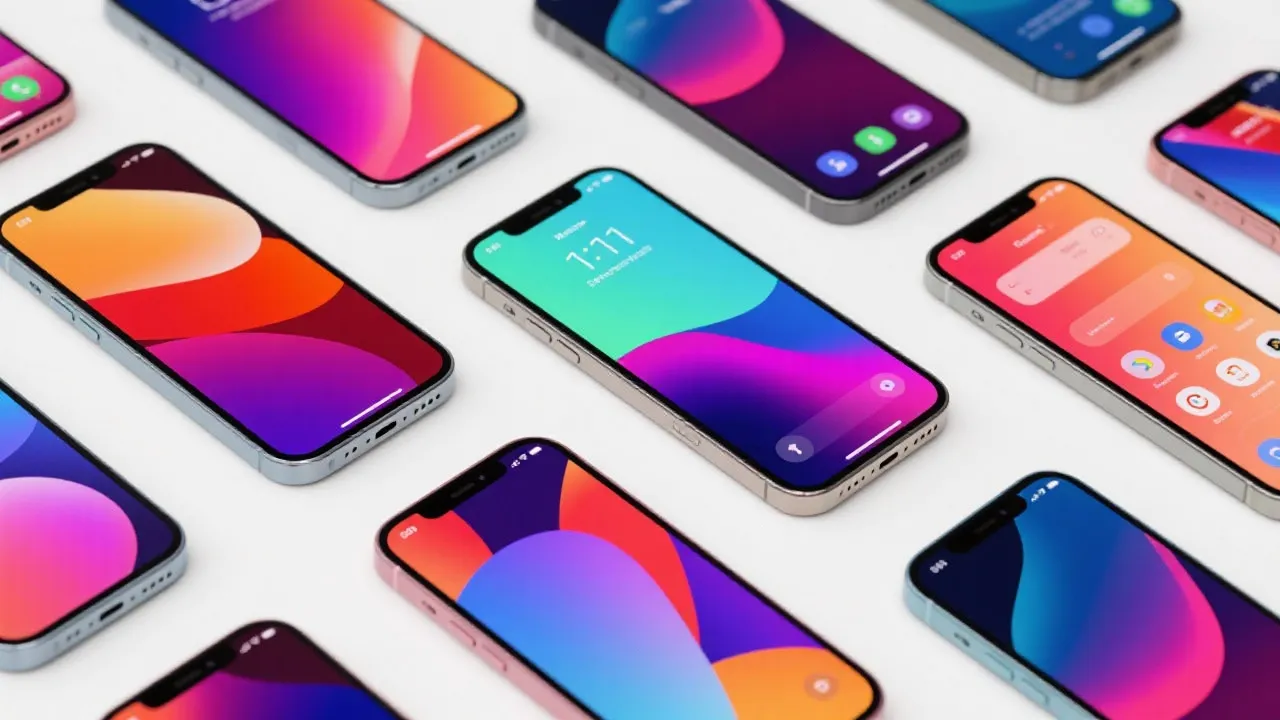
Introduction to Affordable Smartphone Programs
In today's digital age, having a reliable smartphone with substantial data capabilities is crucial for staying connected and accessing essential information. Programs offering affordable phones with unlimited data aim to bridge the digital divide, particularly for those with limited financial resources. These initiatives are designed to aid low-income households by providing them access to necessary communication tools without the burden of additional costs. The proliferation of smartphones has reshaped how we communicate, shop, learn, and even access healthcare. Therefore, ensuring that every household can participate in this digital revolution is more pressing than ever.
Overview of Affordable Phone and Data Programs
The concept of government-assisted phone programs provides eligible individuals with smartphones and data plans at no charge. These programs are primarily driven by the Lifeline Assistance Program and the Affordable Connectivity Program (ACP), which have been established to enhance telecommunication services' availability to underserved communities. Lifeline offers a monthly discount on phone service for low-income individuals, while the ACP provides subsidies for broadband internet services. Service providers like SafeLink Wireless, Assurance Wireless, and others play a significant role in delivering these benefits through varied offerings tailored to meet specific needs and technological advances.
Understanding the Lifeline Program
The Lifeline Assistance Program was created in 1985 to ensure that low-income consumers can afford essential phone services. This initiative allows qualifying low-income households to receive a monthly discount on their phone bill or a free smartphone with basic talk and text services. The Lifeline program has adapted over the years to include wireless phone options, reflecting the shift in communication preferences among consumers.
The Affordable Connectivity Program Explained
Established to replace the Emergency Broadband Benefit program, the Affordable Connectivity Program aims to reduce the overall cost of internet service and ensure that low-income households can obtain connectivity. By offering discounts on monthly internet bills and up to $100 off of a one-time device purchase, the ACP has played a pivotal role in extending internet accessibility to those who need it the most.
Comparative Analysis of Service Providers
Each provider offers distinct features and services, catering to a variety of needs. We delve into the particulars of top service providers renowned for their government-backed phone programs. Understanding what each provider offers allows potential applicants to make informed decisions based on their specific communication and data needs.
| Provider | Services Offered | Additional Costs |
|---|---|---|
| SafeLink Wireless | Affordable smartphone or bring-your-own-device (BYOD), unlimited text, calls, and data (varies by plan and state). | Upgrades to premium devices or additional data may incur costs. |
| Assurance Wireless | Affordable Android smartphone, unlimited talk, text, and data allowances. | Additional high-speed data or international calling services are optional upgrades. |
| StandUp Wireless | Affordable smartphone or BYOD options, unlimited talk, text, and data plans. | Premium phone upgrades or extra data are available for a fee. |
| Access Wireless | Unlimited voice, text, and limited high-speed data with Lifeline and ACP benefits. | Data boosts and device upgrades are offered for a fee. |
| True Wireless | Affordable government-supported phones, voice, and data plans. | Optional upgrades to better devices or additional data plans. |
Source: SafeLink Wireless, Assurance Wireless, StandUp Wireless, Access Wireless, True Wireless
Eligibility Criteria and Application Process
To qualify for these programs, applicants must meet specific criteria: income at or below 135% of the federal poverty guidelines for Lifeline, or 200% for ACP; participation in government assistance programs such as Medicaid, SNAP, SSI, or FPHA; or residency on Tribal lands, which provides additional benefits. To ensure equitable access, various additional criteria may apply depending on state-specific regulations, therefore it’s vital for applicants to familiarize themselves with the respective guidelines for their location.
Step-by-Step Guide to Applying
- Determine Eligibility: Review the eligibility criteria based on income or participation in assistance programs.
- Choose a Provider: Decide on a provider based on the specific services and additional costs.
- Gather Documentation: Prepare all necessary documentation, such as proof of income or participation in government assistance programs. This documentation is essential for proving eligibility during the application process.
- Application Process: Visit the provider's website to initiate an online application. Ensure the upload of necessary documentation proving eligibility. Some providers may also allow applications through phone support or mail.
- Wait for Approval: After submitting the application, there may be a waiting period for verification. During this time, keep an eye out for any communication from the provider regarding your application status.
- Receive Your Device and Service: Once approved, you will either receive a smartphone in the mail or information about how to activate your service with your BYOD.
Additional Information and Resources
Various online resources provide assistance and additional information concerning affordable smartphone programs and eligibility: local community centers, social service organizations, and government websites can be invaluable in guiding potential applicants. Organizations like the National Consumer Law Center also offer valuable advocacy resources to help individuals make informed decisions.
Common Questions and Clarifications
1. Can I bring my own device? Many providers, such as SafeLink and StandUp Wireless, offer bring-your-own-device options, allowing those who prefer to use their current smartphones to utilize the services without obtaining a new device.
2. Are there costs involved? While the basic offerings are without cost, additional data or device upgrades will incur charges. It's essential to review the plans and what they encompass to avoid unexpected costs.
3. How long does the application take? The time to process an application varies by provider, typically verified within a few days. It's good practice to follow up with the service provider if confirmation is not received in a timely manner.
4. What if I qualify for more than one program? Some individuals may qualify for both Lifeline and ACP. If that's the case, you should apply for both programs to maximize the benefits available to you, ensuring that you receive the best possible combination of discounts for both internet and phone services.
5. Can I change providers after enrolling? Yes, consumers can switch providers if they find better offers or services that better meet their needs. However, it’s advisable to check the specific terms and conditions before making the change to ensure uninterrupted service.
6. How often do I need to reapply or certify my eligibility? Depending on the provider and the specific program, you might be required to recertify your eligibility annually to continue receiving benefits. It’s crucial to stay informed about the timeline for recertification to avoid any disconnection of your service.
Customer Experiences and Testimonials
Many beneficiaries of affordable smartphone programs have shared their experiences, highlighting how these initiatives have drastically changed their lives. For instance, a single mother relying on food assistance stated that her smartphone facilitated greater access to resources, allowing her to manage her children's schooling and pay bills effectively. Access to unlimited data meant she could research educational topics and stay informed about community events. Moreover, her ability to communicate effectively with her employer increased her job security and led to better opportunities.
Another individual mentioned that having a smartphone allowed him to connect with telehealth services, greatly improving his access to medical care. Living in a rural area meant that traveling for medical appointments was often a significant barrier, but with the virtual appointments made possible via his affordable smartphone, he could consult with medical professionals without the need for long commutes. These testimonials underscore the importance of these programs in facilitating access to vital services.
State-Specific Programs and Variations
While the federal programs set a standard, many states offer additional assistance or specific local programs tailored to address regional needs. For example, some states may provide extra monthly data allowances for users in rural communities where internet access is particularly challenging. Residents in these areas are often disproportionately affected by the digital divide, making the extra data allowances significant for the quality of their connectivity.
Moreover, some states may have specific outreach programs to ensure that underserved populations are aware of the available programs and can navigate the application process. Community workshops, informational webinars, and collaborations with local leaders often help enhance awareness, ensuring that benefits reach those who need them most.
The Role of Non-Profit Organizations
Numerous non-profit organizations are dedicated to supporting initiatives aimed at increasing access to affordable telecommunications services. These organizations often work as advocates, helping to simplify the application process for low-income individuals. They may assist with paperwork, provide workshops on digital literacy, or help navigate the hurdles that often come with technology ownership.
For instance, organizations like the United Way have been instrumental in educating communities about the Lifeline and ACP programs. They often host community outreach events where individuals can learn not just about smartphone assistance, but also other resources available to them, such as job training, housing support, and health services. The holistic approach taken by these non-profits is proving effective in bridging gaps in service access for vulnerable populations.
Challenges and Considerations
Despite the positive outcomes associated with affordable smartphone programs, several challenges remain. A primary concern for participants is the quality of service provided. Users sometimes report difficulties with reception or data speeds that may not meet their needs, especially in densely populated urban areas or remote rural settings. Furthermore, while the intention of these programs is to provide access, the devices available may not always be the latest models, potentially limiting users’ experiences.
Additionally, digital literacy is a significant barrier for some individuals. Many low-income households may not possess the technical skills required to navigate modern smartphones effectively. This highlights the importance of coupling hardware and connectivity with education on how to use these tools efficiently. Training programs aimed at enhancing digital literacy can empower users to maximize the benefits of their devices and avoid feeling overwhelmed by technology.
Future Trends in Affordable Smartphone Initiatives
As technology rapidly evolves, the landscape of affordable smartphone programs is also likely to change. With the ongoing expansion of 5G networks, future initiatives may seek ways to incorporate this technology into offerings for low-income users. Additionally, advancements in mobile technology promise to have cheaper, more energy-efficient devices available, making it easier to provide affordable smartphones with robust features.
Moreover, as awareness of mental health issues rises, future programs may tailor their services to address specific needs. Affordable access to mental health apps and telehealth services through smartphones could play an essential role in supporting the overall well-being of low-income individuals.
Conclusion: Importance of Bridging the Digital Divide
The importance of affordable smartphone programs cannot be understated. As society continues to shift toward digital means of communication and service delivery, providing equitable access to devices and connectivity is crucial for fostering inclusivity. Access to smartphones and data plans removes barriers for many individuals, allowing them to engage in essential activities such as job searching, accessing healthcare services, and pursuing education. Therefore, it is the responsibility of both stakeholders and policymakers to recognize the significance of bridging the digital divide and to continue investing in initiatives that serve the most vulnerable segments of society.
Disclaimer
1) The above information is derived from online resources, and data is current as of October 2023. 2) This website cannot assure applicants of obtaining a government-supported phone. For specific requirements and applications, please refer to the provider's official requisites. Updates to this site will not be made in real-time.
Reference Links
For more information, visit the official provider websites: SafeLink Wireless, Assurance Wireless, StandUp Wireless, Access Wireless, True Wireless
-
1

Reducing Costs and Enhancing Technology in Solar Panels
-
2

Affordable Life Insurance Options for Seniors
-
3

Comprehensive Guide to Choosing the Right Smartphone
-
4

Unlock Affordable Online Learning: A Seniors’ Guide to Economical Educational Opportunities
-
5

Discover the Keys to Landing Your Perfect Work-from-Home Job: An Essential Guide

